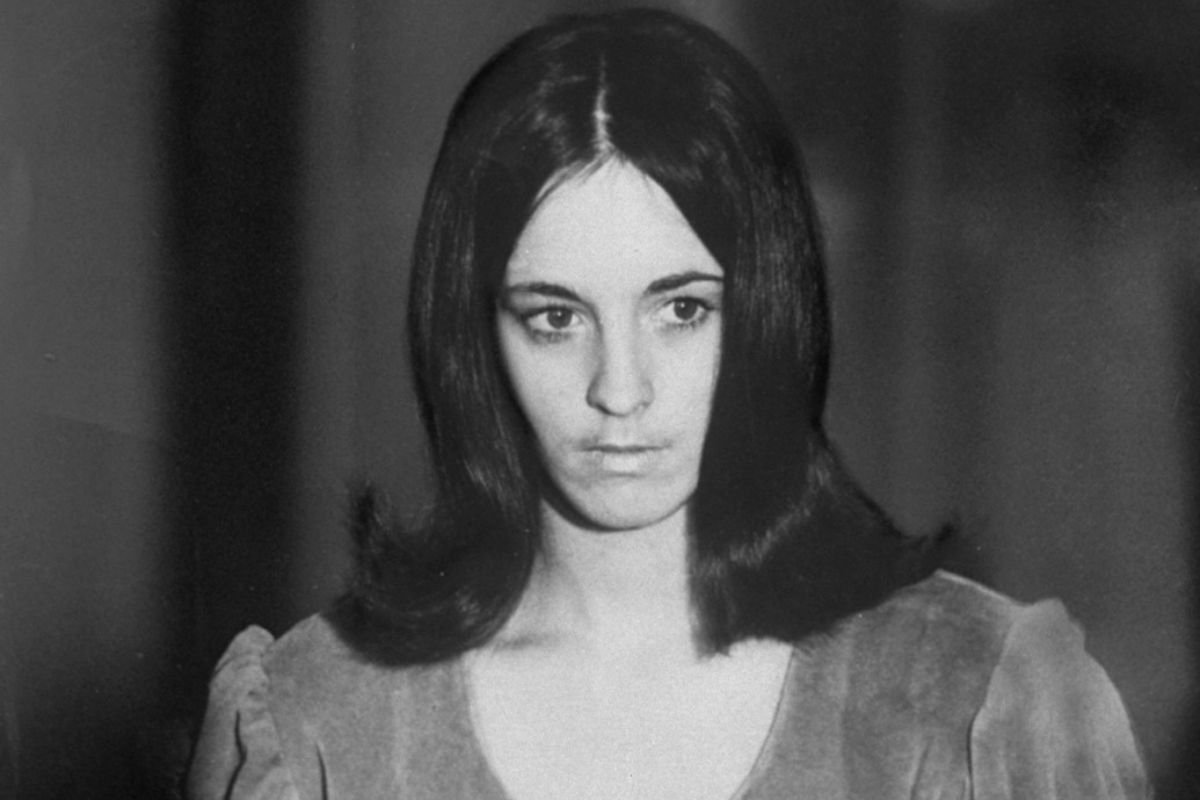
Who was Susan Atkins? Susan Atkins, a name that echoes through the annals of American crime history, was a member of the infamous Manson Family. Born on May 7, 1948, she became one of Charles Manson's most devoted followers. Atkins participated in the brutal Tate-LaBianca murders in 1969, which shocked the nation and led to her life imprisonment. Her life story is a mix of rebellion, manipulation, and tragedy. From a troubled childhood to her transformation into a cult member, Atkins' journey is both chilling and compelling. This blog post will delve into 35 intriguing facts about Susan Atkins, shedding light on her life, crimes, and the aftermath.
Key Takeaways:
- Susan Atkins' early life struggles led her down a dark path, ultimately becoming involved in the infamous Manson Family murders, leaving a lasting impact on popular culture and criminology.
- Despite her notoriety, Susan Atkins' life and crimes serve as a cautionary tale about the dangers of cults and the influence of charismatic leaders, sparking discussions in various media.
Early Life of Susan Atkins
Susan Atkins, a name that resonates with one of the most infamous criminal cases in American history, had a life filled with twists and turns. Her early years set the stage for the events that would later unfold.
- Susan Denise Atkins was born on May 7, 1948, in San Gabriel, California.
- Her parents were Edward John Atkins and Jeanette Jett Atkins.
- Susan had two brothers, one older and one younger.
- Her mother died of cancer when Susan was just 15 years old.
- After her mother's death, Susan's family life deteriorated, leading her to drop out of high school.
Path to Crime
Susan's life took a dark turn as she sought solace in the wrong places. Her journey into the world of crime began with small infractions but quickly escalated.
- Susan moved to San Francisco in 1967, where she became involved in the counterculture movement.
- She met Charles Manson at a party in 1967, which marked the beginning of her association with the Manson Family.
- Susan adopted the nickname "Sadie Mae Glutz" within the Manson Family.
- She participated in several petty crimes before becoming involved in more serious offenses.
- Susan was arrested for her involvement in a robbery in 1968.
The Manson Family Murders
The most notorious chapter of Susan Atkins' life revolves around the Manson Family murders. Her role in these heinous crimes shocked the nation.
- Susan was directly involved in the murder of Gary Hinman in July 1969.
- She was one of the perpetrators in the Tate-LaBianca murders in August 1969.
- Susan confessed to stabbing actress Sharon Tate to death.
- She claimed to have written "PIG" on the front door of Tate's home using the victim's blood.
- Susan's testimony was crucial in convicting Charles Manson and other members of the Manson Family.
Trial and Imprisonment
Susan Atkins' trial and subsequent imprisonment were highly publicized events. Her behavior and statements during this time added to her notoriety.
- Susan initially pleaded not guilty but later changed her plea to guilty.
- She testified against Charles Manson and other family members in exchange for a reduced sentence.
- Susan was sentenced to death in 1971, but her sentence was commuted to life imprisonment in 1972 after the California Supreme Court invalidated the death penalty.
- She spent the majority of her life in the California Institution for Women in Chino, California.
- Susan became a born-again Christian while in prison.
Life in Prison
Despite her incarceration, Susan Atkins' life continued to evolve behind bars. Her time in prison was marked by various personal and legal developments.
- Susan married twice while in prison, first to Donald Lee Laisure in 1981 and then to James W. Whitehouse in 1987.
- She authored an autobiography titled "Child of Satan, Child of God," which was published in 1977.
- Susan was denied parole multiple times, with her last denial occurring in 2009.
- She was diagnosed with brain cancer in 2008.
- Susan's health deteriorated rapidly, leading to her being granted compassionate release, which was ultimately denied.
Death and Legacy
Susan Atkins' death marked the end of a life that had been both tragic and infamous. Her legacy remains a topic of discussion and debate.
- Susan Atkins died on September 24, 2009, at the age of 61.
- She passed away in the Central California Women's Facility in Chowchilla, California.
- Susan's death was attributed to complications from brain cancer.
- Her role in the Manson Family murders continues to be studied in criminology and psychology courses.
- Susan's life story has been the subject of numerous books, documentaries, and films.
Impact on Popular Culture
The story of Susan Atkins and the Manson Family has left an indelible mark on popular culture. Their crimes have been referenced and depicted in various media.
- The Manson Family murders have been the subject of countless true crime documentaries.
- Susan Atkins was portrayed by actress Nancy Wolfe in the 1976 TV movie "Helter Skelter."
- The 2019 film "Once Upon a Time in Hollywood" by Quentin Tarantino features a fictionalized version of the Manson Family murders.
- Susan's life and crimes have been analyzed in podcasts and true crime series.
- Her story serves as a cautionary tale about the dangers of cults and the impact of charismatic leaders.
Final Thoughts on Susan Atkins
Susan Atkins remains one of the most infamous figures in American criminal history. Her involvement with the Manson Family and the brutal Tate-LaBianca murders left an indelible mark on society. Despite her later attempts at redemption, including converting to Christianity and expressing remorse, her legacy is forever tied to those horrific events. Atkins' life serves as a grim reminder of how easily individuals can be manipulated into committing unspeakable acts. Understanding her story helps us grasp the complexities of human behavior and the potential for both evil and redemption. While her actions can't be excused, they offer valuable lessons about the dangers of charismatic leaders and the importance of personal responsibility. As we reflect on her life, we should strive to learn from the past to prevent similar tragedies in the future.
Frequently Asked Questions
Was this page helpful?
Our commitment to delivering trustworthy and engaging content is at the heart of what we do. Each fact on our site is contributed by real users like you, bringing a wealth of diverse insights and information. To ensure the highest standards of accuracy and reliability, our dedicated editors meticulously review each submission. This process guarantees that the facts we share are not only fascinating but also credible. Trust in our commitment to quality and authenticity as you explore and learn with us.


